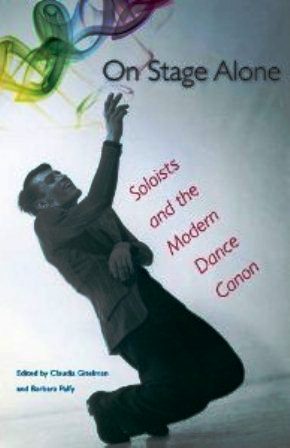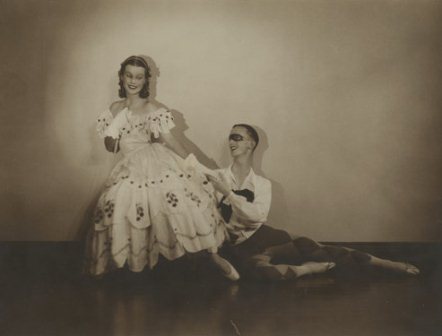On 30 November 2012 the content of this post was deleted.
Following requests from a number of readers for a copy of Meryl Tankard: an original voice, the book is now available in print form. The print edition includes the eight chapters originally posted on this website plus a preface, introduction, bibliography, index and an updated list of choreographic works.
The background to the book is, however, worth retaining:
In 2004 I began working on the manuscript of a book, Meryl Tankard: an original voice. In that year a book about Tankard was commissioned by the National Library of Australia as part of a series called Australian Lives. The commissioning letter said, in part, that the book should:
… present a life of Meryl Tankard along with an account of her career and achievements … provide insights into her way of working, her acknowledged successes, her less well-known career highlights and her private life … [cover] key personal and professional associations … explore why she has, from time to time, been embroiled in some difficulties and controversies.
For a variety of reasons the Library decided not to proceed with publication of the manuscript as a title in the Australian Lives series. A proposal was considered again in 2008 after I had added to and significantly enhanced the manuscript once I no longer needed to adhere to a limit of 25,000–30,000 words. Again the Library decided not to proceed, with the final decision being made on the grounds that the publication would not attract enough public interest for sales to cover costs. Eventually, in 2011, I found a publisher who thought publication was a viable proposition, but other circumstances relating to copyright and permissions meant that once again publication did not proceed.
However, a huge amount of research went into the manuscript. Some of it was conducted overseas and some of it foregrounded works by Tankard that have not been seen in Australia or that were one-off shows. Extensive research also went into putting together a list Tankard’s choreographic works from 1977 to 2009. In addition, many, many people generously shared thoughts and material with me. It seemed a cruel fate for this research not to see the light of day. So, I published the major part of it on this website. I am delighted that the book is now available in expanded form as a self-published print production.
Ordering details are a this link.
UPDATE: This book is no longer available and the link mentioned above has been deleted.
Michelle Potter, 30 November 2012

